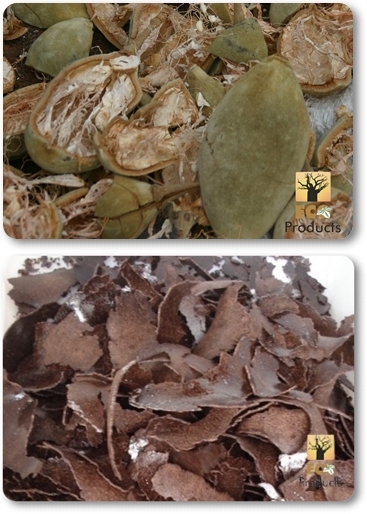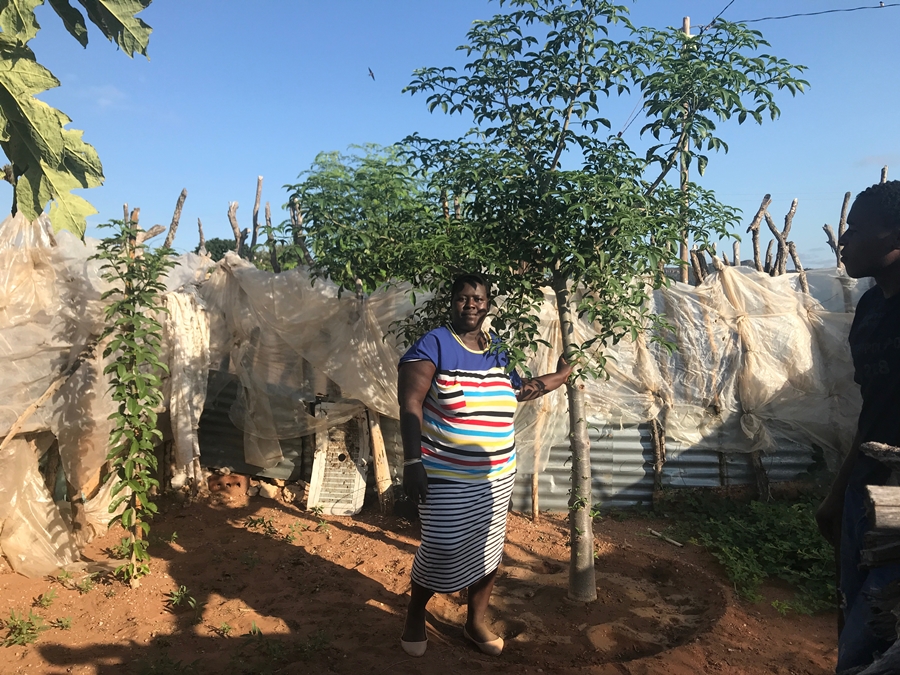Nothing goes to waste – it all goes back to Nature!

Absolutely nothing goes to waste when we make our baobab oil and powder. We would potentially have three ‘waste’ products. The first is the shell of the fruit, which is cracked open to remove the power and seed in the primary stage of processing. The second is the seed coat, this is the very hard outer layer of the seed itself. We remove this just before we extract the oil as it does not contain any oil. The third is the seed cake, this is left over after we have pressed the seed. The fruit shells are used as a fuel in our Donkey Boiler to make hot water for our staff to shower. The baobab seed coats are used as mulch in our vegetable and flower gardens. Lastly the seed cake is used by livestock farmers in the area as feed for their cattle and sheep. Nothing is left after we've processed the baobab seed pods – it all goes back to Nature.



